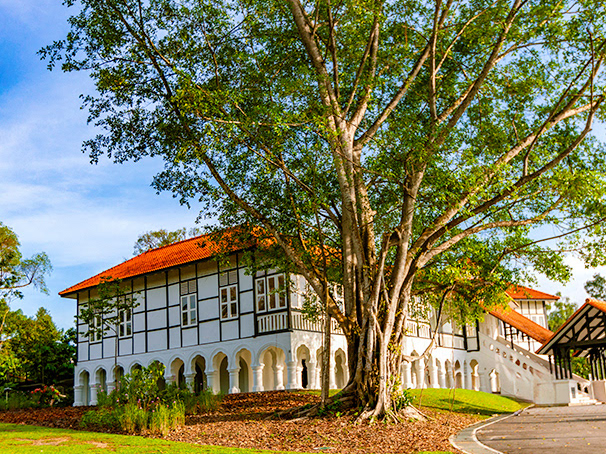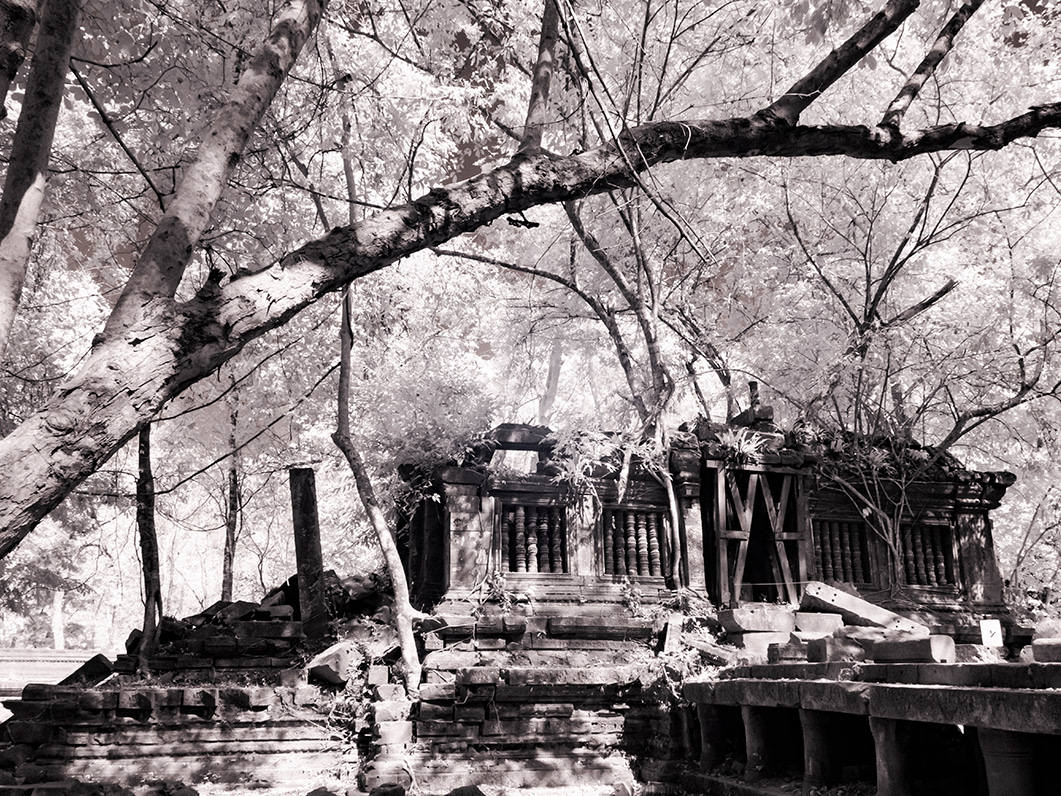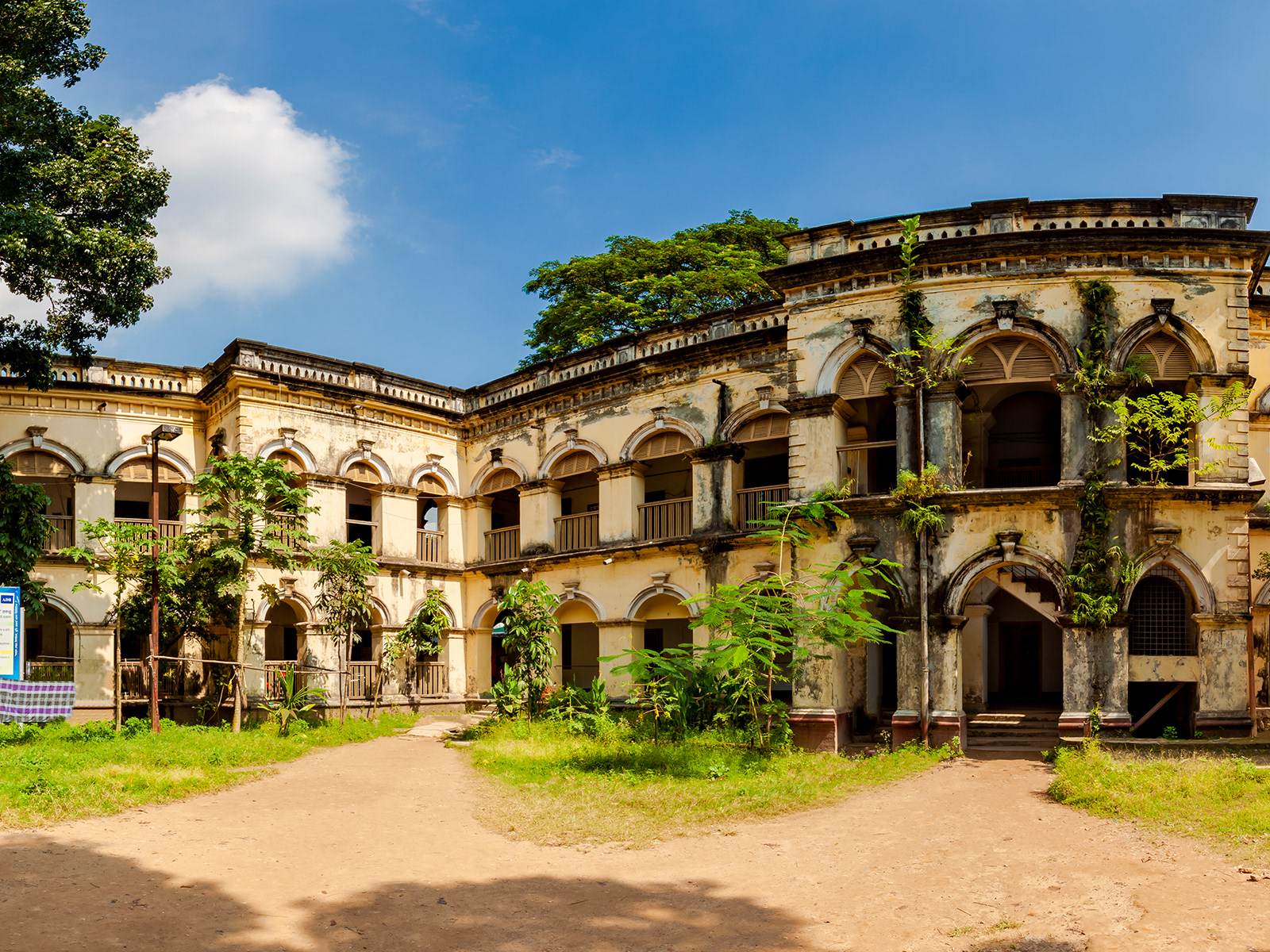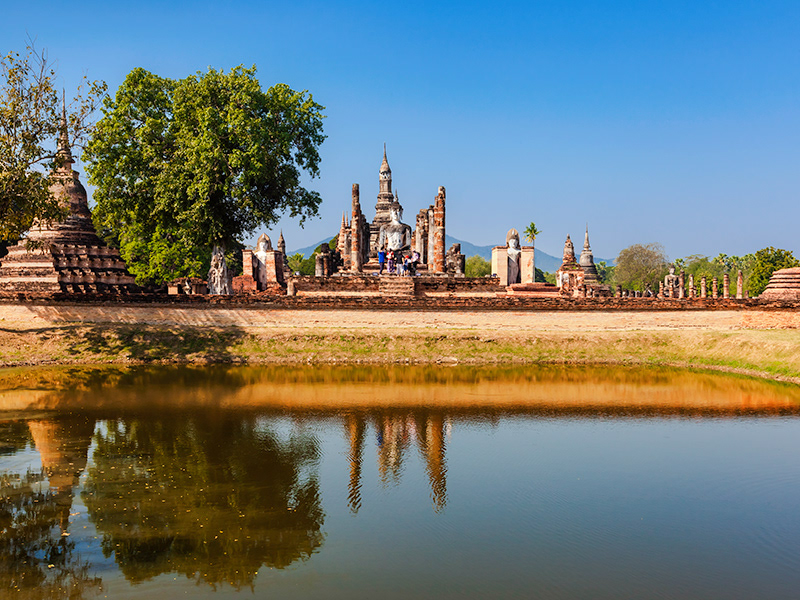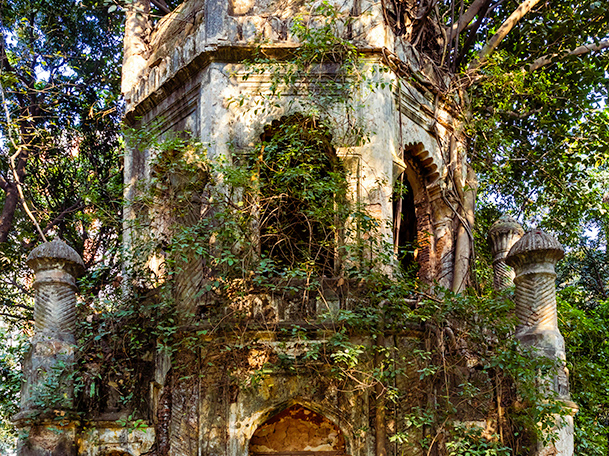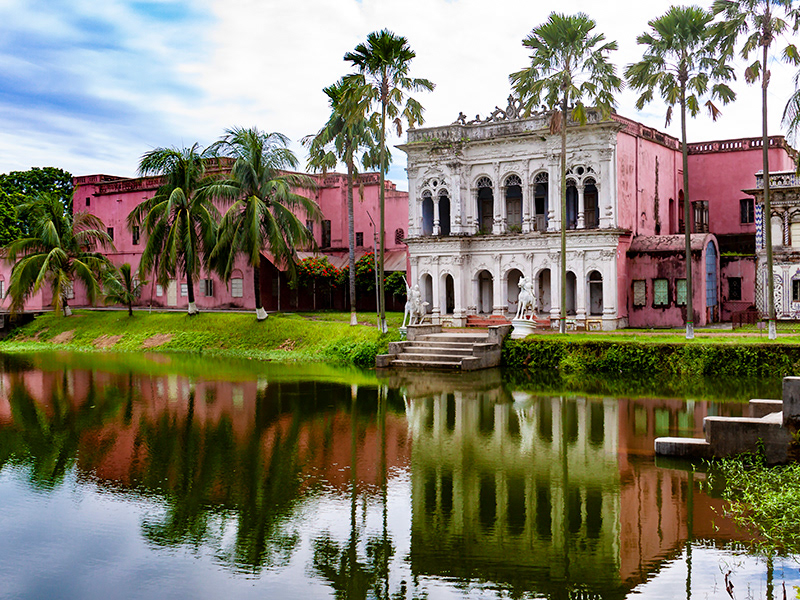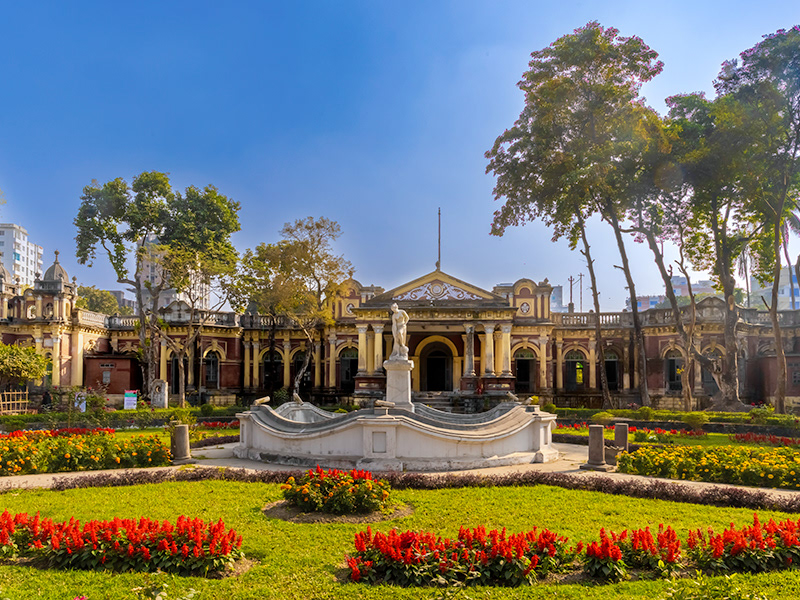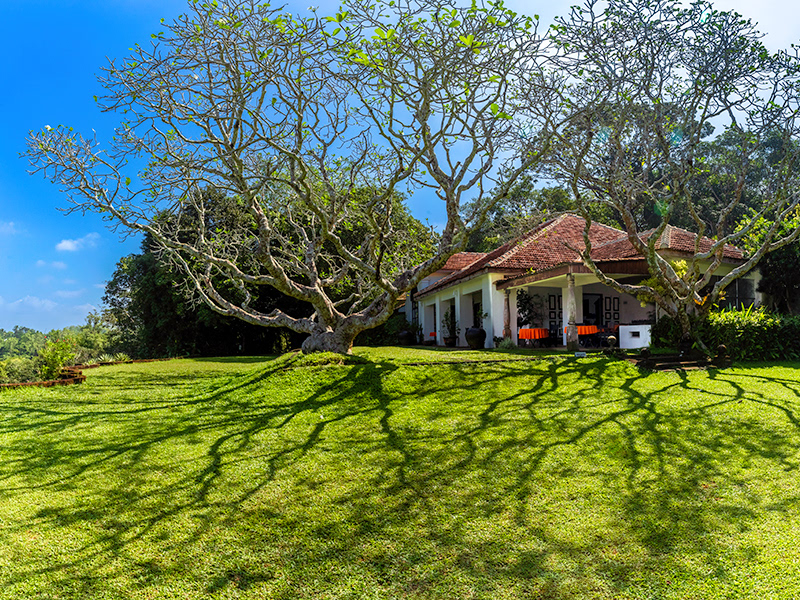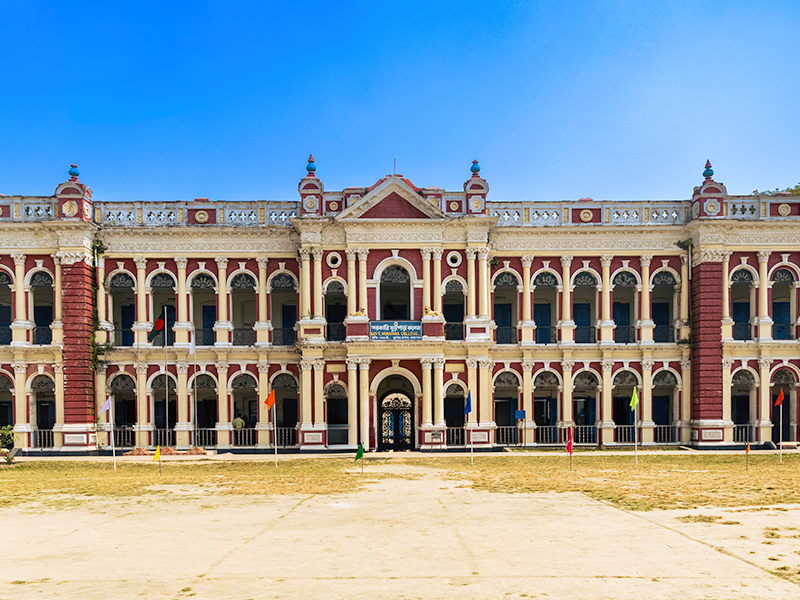The Baliati Palace, a story of the Zamindars of Manikganj
I often get asked by fellow travellers about tourism in Bangladesh and the sights to see. Typically, I will then mention some of the well-known points of interest (Panam City, Cox’s Bazar, the Sundarbans etc.) and then warn them that they should temper their expectations, especially if they have previously travelled in India or other parts of the South-East Asian sub-continent.
It has always disheartened me that the few historic sites that do exist in Bangladesh, particularly of the Mughal or Colonial period, are not preserved or maintained as well as similar sights in other countries. Most of them are falling into ruin or are barely maintained without much prospect of their restoration to past glories. On the assumption that many of these sights will be entirely lost over time, I have begun to try to capture the beauty and essence of these sights through photography. I hope to undertake a project of doing a series of short blogs to highlight some of my efforts.
My first chapter is on the Baliati Palace, the home of Gobinda Ram Shaha, a salt merchant who was a Zamindar of the late 18th Century. Zamindars were aristocrats who usually held large tracts of land and control over the peasantry from whom they reserved the right to collect tax on behalf of the Mughal imperial courts or for military purposes. During Colonial rule the British rewarded supportive zamindars by recognizing them as princes but also reduced the land holdings of many other pre-colonial aristocrats.
This Zamindar house (‘Bari’) is located 35 miles northwest of Dhaka and in the Manikganj district. The original palace was inherited by Gobinda Ram Shaha’s four sons, Dadhi Ram, Ananda Ram, Pandit Ram and Gopal Ram who lived in the four main palaces that can be seen today. These were built around 1790.
The four palaces within Baliati.
According to one article I came across, there used to be a huge salt barn at the centre of the palace premises to symbolise the source of the wealth of the founding zamindar. Therefore, Baliati palace was once known as the Palace of the Salt Barn (‘Golabarir Prashad’). However, according to another article it was known as ‘Dosh-ani’ (ten annas) Zaminder Bari. It seems that the current name was given to the property by the Archaeological Department.
Within the palace, there are seven main buildings. The size of the grounds occupies approx. 23,800 sq. m, enclosed within a perimeter wall. There are about 200 rooms inside the premises. At the back of the Palace is a pond with six landings (‘ghats’). A river named Gazikhali (now dried up) used to flow at the northern side of the palace which presumably connected to the pond landings.
The pond on the north-side of the palace grounds with its six ghats
Although the four main grand buildings have a strong and attractive façade, for the most part the buildings are crumbling. Apart from a small part of one of the palaces (which is used as a museum), most of the other rooms are locked and not accessible. When you steal a glimpse through some of the doors or windows, you get a sense that the buildings are barely standing.

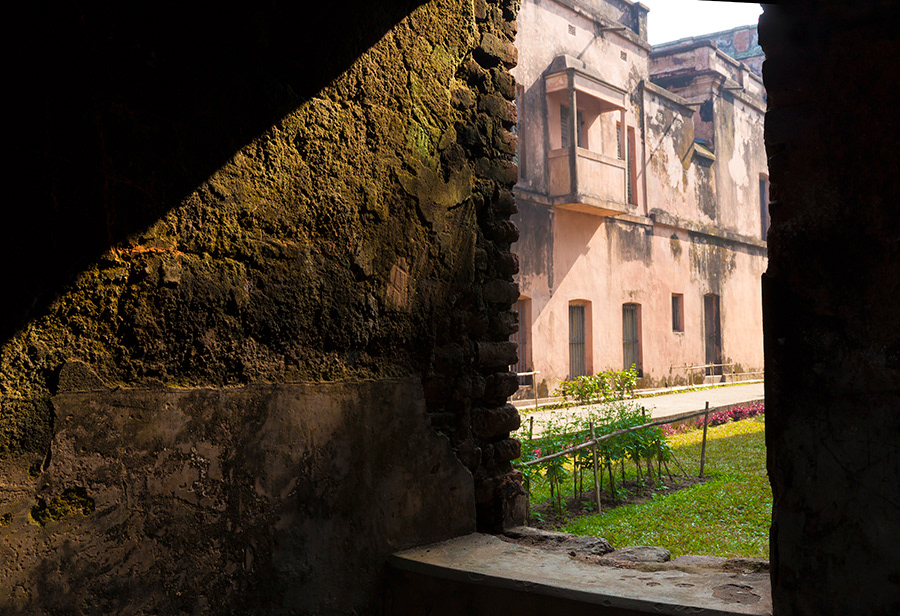
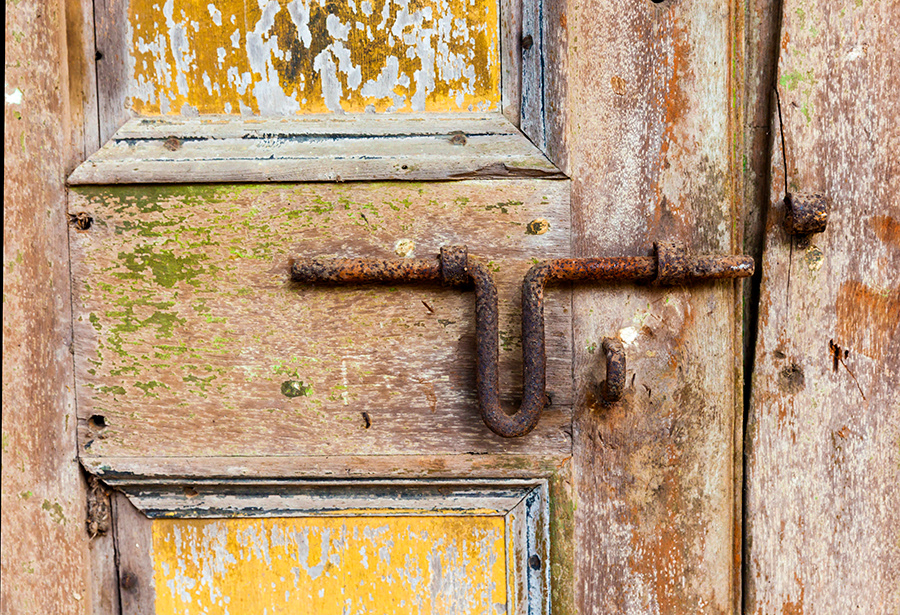

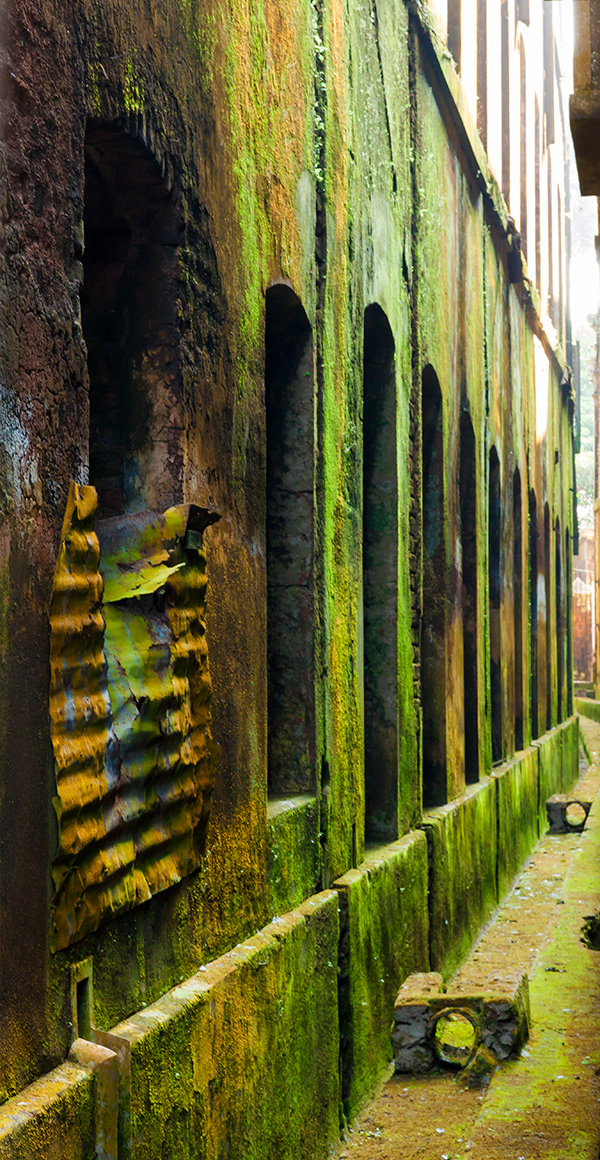
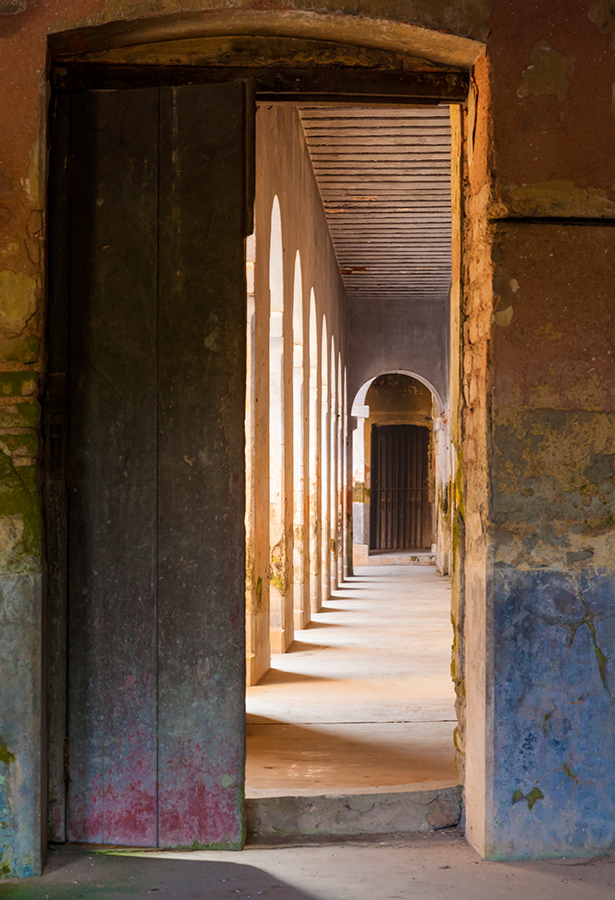

The palace was abandoned in 1947 after the partition of India and the subsequent abolition of the Zamindari system. The property was acquired by the Bangladesh Archaeological Department as a protected cultural property in 1987.
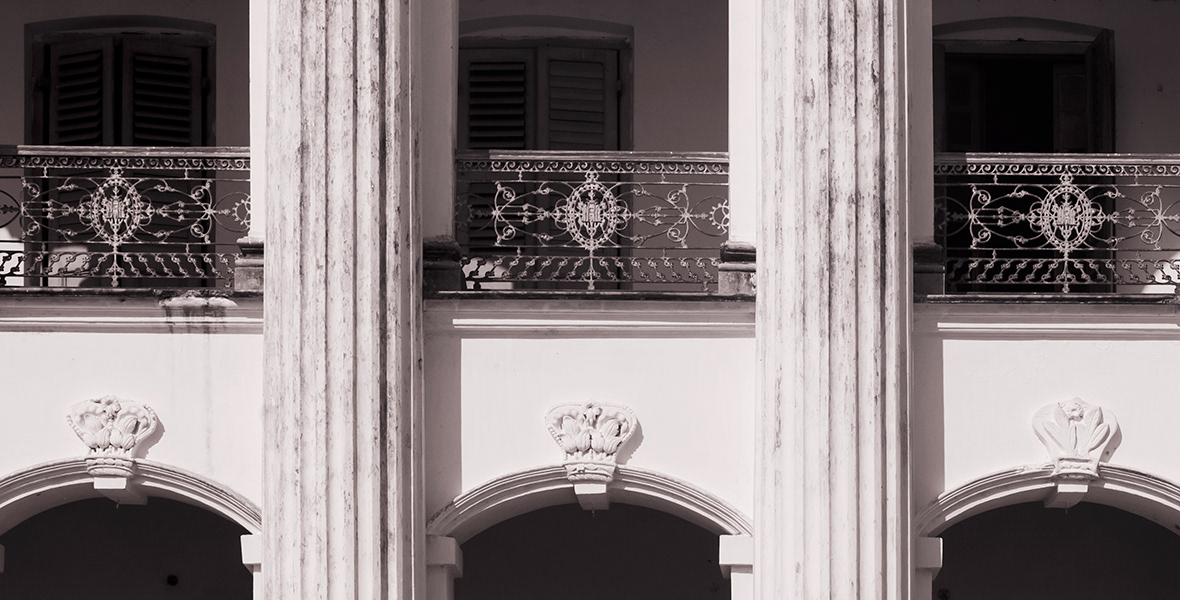

Above Left: Detail of the facade of Palace 2
Above Right: Wrought-iron stairway in the front of Palace 4


Above Left: The Inner House ('Andar Mahal') of Palace 3
Above Right: the first Lion Gate in front of Palace 1
Location: Baliati village, Saturia sub-District, Manikganj District. Access to the palace from Dhaka is via the N5 highway and takes about 3 hours.
References:

